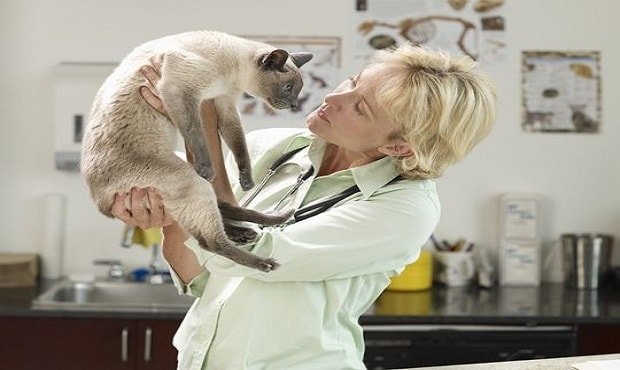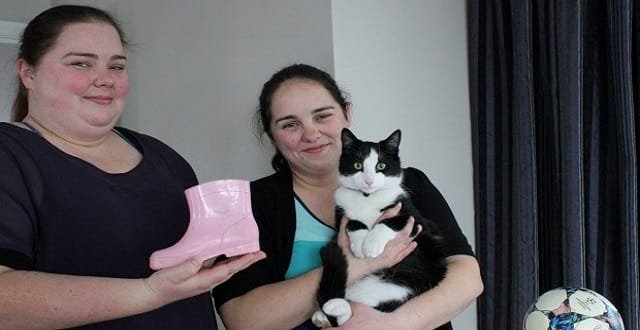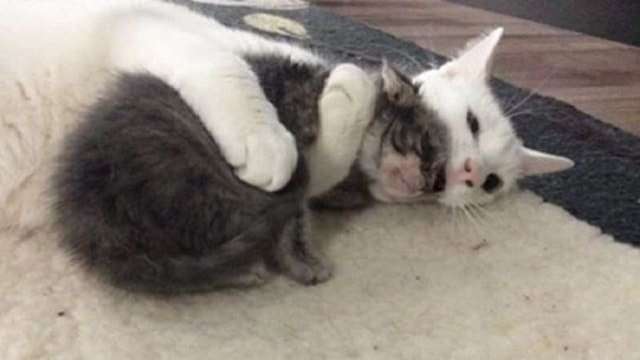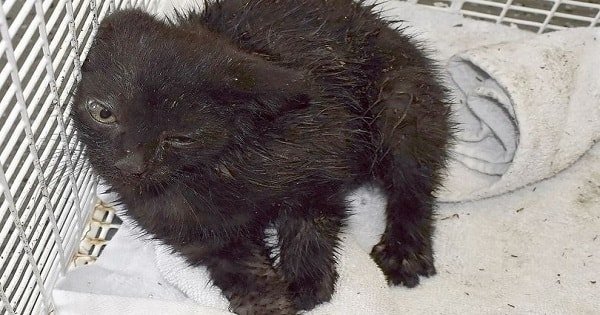
All cats who potentially can come in contact with other felines should be continually tested throughout their lives. (Photo: Fuse, Getty Images/Fuse)
Feline Leukemia Virus, or FeLV, is known to cause cancer in cats; Feline Immunodeficiency Virus, or FIV, commonly causes the inability for infected cats to keep their immune systems high enough to protect itself from other infections later in the FIV infection period.
Felines are at risk for contacting FeLV and FIV; therefore all cats who potentially can come in contact with other felines should be continually tested on a regular basis throughout their lives.
Both viruses are very contagious, and are easily passed from infected cat to noninfected cat in the right circumstances. FeLV is easily contracted from infected cats via bodily fluid transfer; milk from nursing mothers, saliva, urine, feces and nasal secretions. According to statistics some up with at Cornell University, only about 2 to 3 percent of cats are infected; however, in areas of higher populations, hoarding cases and places where malnutrition is common, there could be an infection rate as high as 13 percent. Once infected, some signs that may be observed are weight loss progressing to wasting, enlargement of lymph nodes, blood diseases, a fever that will not subside, pale mucous membranes, general depression, and also infections that cannot be easily remedied with medical treatment.
FIV is most commonly passed from bite wounds by an infected cat to one who is not yet infected. Often times, cats that are not violent and don’t fight can live together, but it is not advisable. FIV is a slow-acting virus in the fact that a cat can live a positive life without any repercussions at all until it eventually whittles away at the cat’s immune system. Over time, you may see symptoms which include a dull hair coat, diarrhea, vomiting, chronic bacterial infections, stomatitis (inflamed mouth), upper respiratory infections that are not easily treated and also progressive weight loss. FIV eventually puts a cat in a state where all normal day-to-day encounters with typical bacteria, fungi and viruses which commonly live in the home end up creating a disease process in the cat.
So how does one prevent FeLV/FIV infection? Cats should not allowed outside without owner supervision so that incidental contact with feral cats or cats with an unknown history can be avoided. If at all possible, any new cat that is brought into the household should also be tested for FeLV/FIV prior to meeting the household cats. Keeping cats fully vaccinated (vaccines are common for FeLV, and are becoming more available for FIV) and keeping them up to date with their physical exams with your local veterinarian will greatly benefit them; however, the only way to confirm that your cat(s) is not infected is to routinely test them with a simple blood test to ensure they are negative for both infections.
Both diseases may or may not shorten your cat’s lifespan, but that does not mean that you should shun those that are definitely infected. Most cats can still be happy and healthy for the majority of their lives and they all, of course, deserve all the opportunities given to cats that are not infected.









